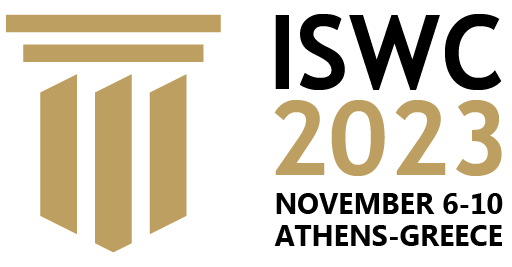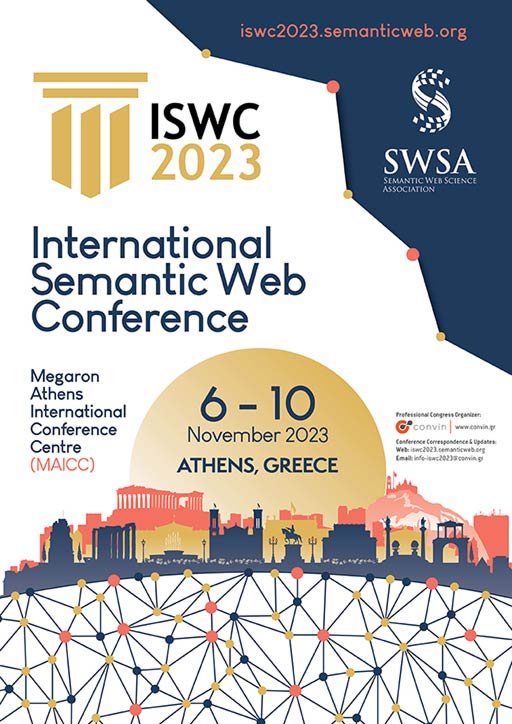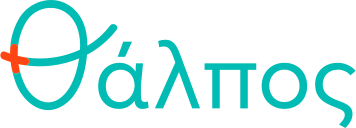Key Points
- Papers submitted to the ISWC 2023 In-Use Track are recommended to include a Supplemental Material Statement.
- It is expected that supplemental material is made available to reviewers as part of the initial submission, in anticipation of the review process, not after.
- Reviewers are not obliged to review supplemental material in detail. Papers should thus be self-contained.
Please find more details below.
Supplemental vs. Paper Content
We expect all papers submitted to the ISWC 2023 In-Use Track to be self-contained, meaning that the body of the paper should provide a clear statement of their claims and clear argumentation regarding how these claims are substantiated.
Supplemental material then includes the resources needed to assess the claims reported in the paper that cannot feasibly be included in the paper itself. This may include source code, datasets, ontologies, models, documentation, and more besides.
We strongly encourage authors to make supplemental material available under open licences and in repositories that provide long-term availability (arXiv, Github, Zenodo, Figshare, etc.).
Purpose of the Supplemental Material Statement
While it has become increasingly common for papers to include links to supplemental material to help verify the results they present, often this is done in an ad hoc manner that differs from paper to paper. In cases where supplemental material is not provided, it is sometimes not explicitly stated why this is the case.
In order to make it easier for readers to find supplemental material, to understand what is provided and what is not provided, and why, we ask authors to include a standardised Statement at the end of their paper that:
- lists all supplemental resources required to assess the claims in the paper;
- points to locations where those resources can be found;
- if applicable, justifies why certain resources cannot be made available (e.g., the privacy, technical or legal concerns involved), or indicates the conditions under which they can be made available (if any);
- if applicable, states that no supplemental material is required for assessment.
While a Supplemental Material Statement is optional for the In-Use Track, authors are recommended to include it for clarity and transparency.
Format of the Supplemental Material Statement
The Supplemental Material Statement should be placed at the end of the paper, just before the References (and before Acknowledgements, if present). It counts within the 15 page limit. It should be formatted as an inline paragraph with an italicised heading:
Supplemental Material Availability: Source code is available …
In LaTeX, this can be achieved with the markup:
\paragraph*{Supplemental Material Availability:} Source code is available …
In Word, authors can simply replicate the formatting shown above.
Content of the Supplemental Material Statement
The Supplemental Material Statement should point to the location of all supplemental resources made available. Some example templates of statements to include are:
- Source code for our System X is available from …
- Datasets X, Y, Z are available from …
- Query sets X, Y, Z are available from …
Pointers to resources can be provided either directly in the text, as footnotes, or as bibliographical references; for example:
- Source code for MyRDF is available from Github.1
- Source code for MyRDF is available from Github [1].
- Source code for MyRDF is available from Github at https://github.com/anonauthor/MyRDF.
If multiple resources are available at one location, statements can be combined, for example, to state that “Datasets A, B and query sets X, Y are available from …”.
In case supplemental resources are submitted via EasyChair, we ask that authors mention this, but also mention how the resources will be made available after review (without specifying a specific location). For example:
- Datasets X and Y are attached with the submission in EasyChair, and if accepted, will be published on Zenodo.
In such cases, the authors of accepted papers are expected to update the statement accordingly for the camera-ready version.
In case a resource cannot be published, we ask that the authors clarify this in the statement, summarise why it cannot be published, and include details about the conditions under which the resource can be accessed (if any); for example:
- Source code for our System X cannot be made available due to plans to commercialise the software.
- Dataset X cannot be made available as it incorporates private user data.
In the case of a completely self-contained work with no supplemental material, it is sufficient to write:
- No supplemental material is required for assessment of this paper.
Examples of Supplemental Material Statements
Supplemental Material Availability: Source code for MyRDF and the queries used in Section 4 are available from Github.1 The MyPublications ontology is available from Zenodo [4]. The MyHealth dataset cannot be made available as it incorporates private user data.
______________________________________________________________
1 https://github.com/anonauthor/MyRDF
References
…
[4] Authors. MyPublications Dataset. Zenodo doi:10.5281/zenodo.12345678. (2022) https://doi.org/10.5281/zenodo.4035223
…
Supplemental Material Availability: No supplemental material is required for assessment of this paper.


